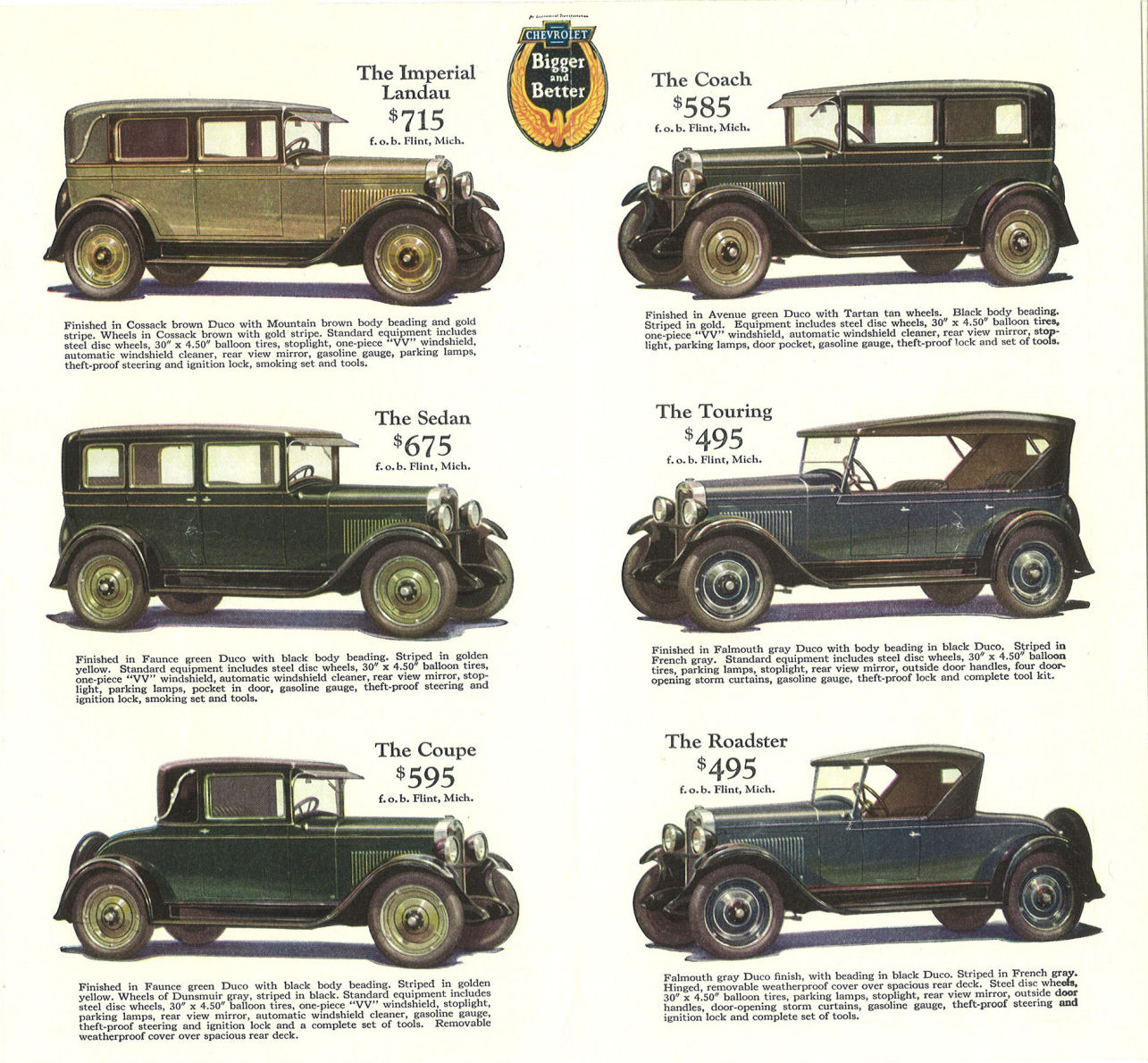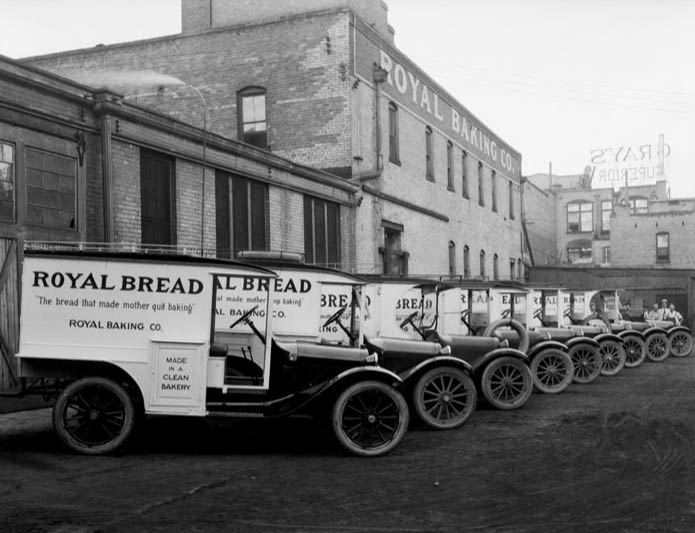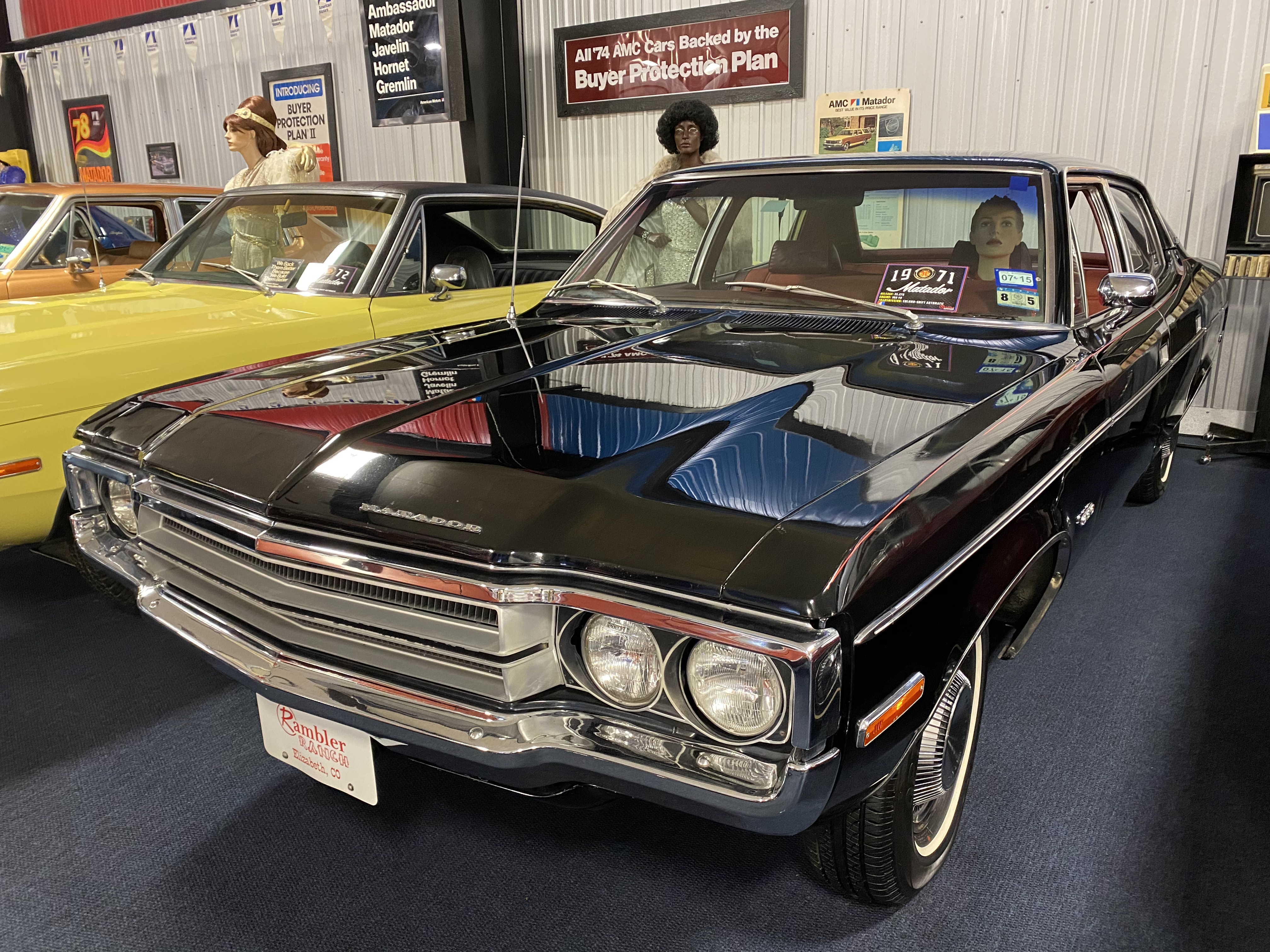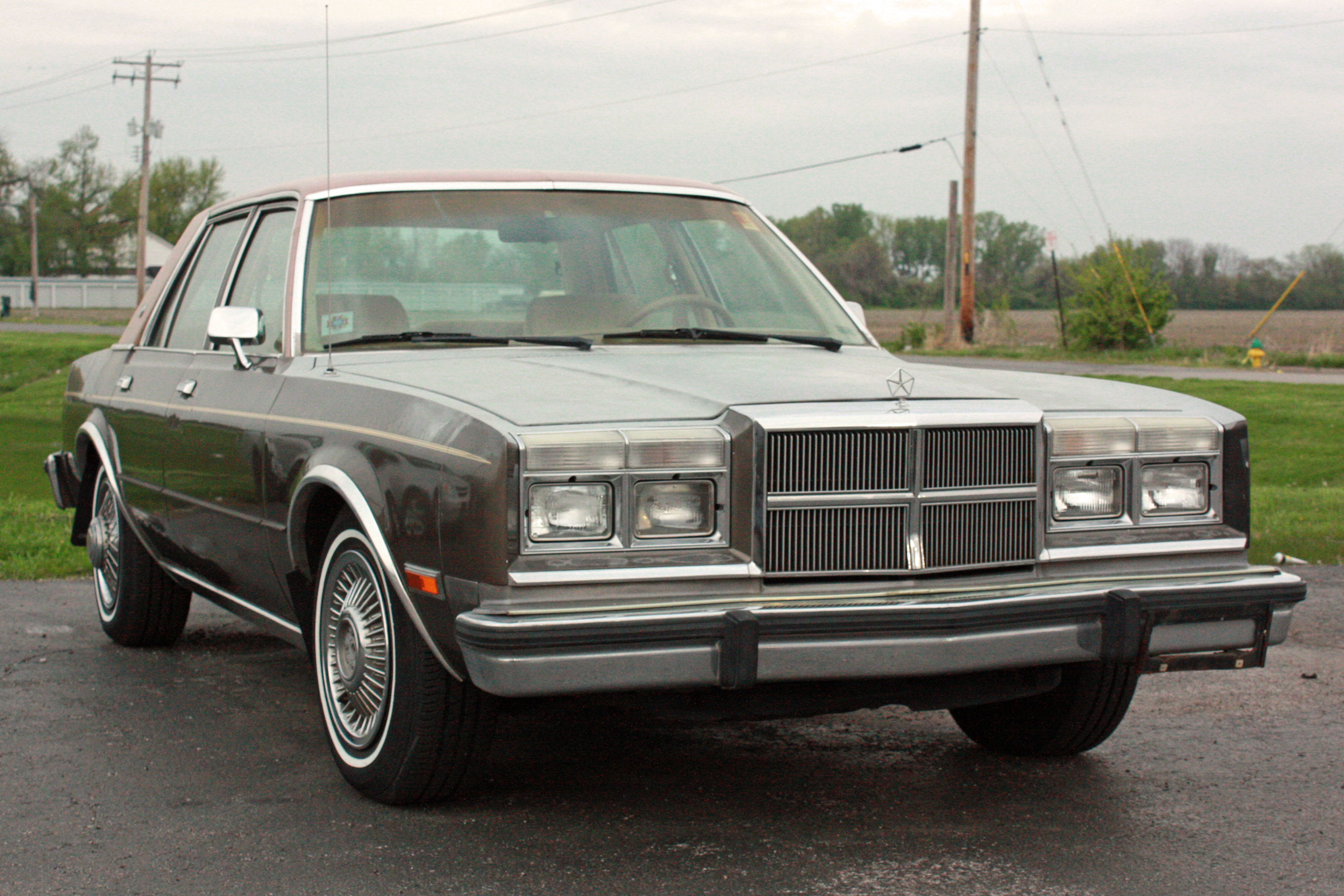|
Dodge Matador
The Dodge Matador is a full-sized automobile that was produced for the 1960 model year by Dodge. The Matadors were base model equivalents to the top trimmed Dodge Polara that also used the wheelbase platform of the Chrysler Windsor and Chrysler Newport models. Design The Matador, was one of two new models produced by Dodge in 1960 when the marque dropped its long-running Coronet, Custom, Custom Royal, and Lancer models. Sharing the same newly engineered unibody platform as the slightly smaller Dodge Dart, the Matador was designated Dodge's full-size base trim vehicle, with the Dodge Polara becoming the make's full-sized premium model. The Matador line was positioned as a lower priced option to the Polara line to serve as the base-level, full-size car to above the newly introduced and successful wheelbase Dart series. However, full-sized cars in the U.S. market were at their lowest sales level since the end of World War II, and 1959 was not the best time to launch a new ... [...More Info...] [...Related Items...] OR: [Wikipedia] [Google] [Baidu] |
Dodge
Dodge is an American brand of automobiles and a division of Stellantis, based in Auburn Hills, Michigan. Dodge vehicles have historically included performance cars, and for much of its existence Dodge was Chrysler's mid-priced brand above Plymouth. Founded as the Dodge Brothers Company machine shop by brothers Horace Elgin Dodge and John Francis Dodge in the early 1900s, Dodge was originally a supplier of parts and assemblies to Detroit-based automakers like Ford. They began building complete automobiles under the "Dodge Brothers" brand in 1914, predating the founding of Chrysler Corporation. The factory located in Hamtramck, Michigan was the Dodge main factory from 1910 until it closed in January 1980. John Dodge died from the Spanish flu in January 1920, having lungs weakened by tuberculosis 20 years earlier. Horace died in December of the same year, perhaps weakened by the Spanish flu, though the cause of death was cirrhosis of the liver. Their company was sold by thei ... [...More Info...] [...Related Items...] OR: [Wikipedia] [Google] [Baidu] |
Car Model
The model of a car is its design, in the context of the manufacturer's range or series of cars. Different models are distinguishable by technology, components, underpinnings, and/or style and appearance. The methods used to categorise cars into models differ significantly between manufacturers. Frequently, several different body variants are offered, depending on market demand; and when completing their 'production lifespan', sufficiently successful models are usually followed by a new 'generation' of that model. The name of a model (range or series) is almost always trademarked, so that competing manufacturers cannot also use it (unless the owner permits it, for an agreed licence fee). A popular model can have a significantly valuable brand name, and manufacturers often take great care in fostering and maintaining the brand image of the models bearing the name, both in terms of key model characteristics, as well as the targeted market, and the expected or desired buyer's demo ... [...More Info...] [...Related Items...] OR: [Wikipedia] [Google] [Baidu] |
Sedans
A sedan or saloon (British English) is a passenger car in a three-box configuration with separate compartments for an engine, passengers, and cargo. The first recorded use of the word "sedan" in reference to an automobile body occurred in 1912. The name derives from the 17th-century litter known as a sedan chair, a one-person enclosed box with windows and carried by porters. Variations of the sedan style include the close-coupled sedan, club sedan, convertible sedan, fastback sedan, hardtop sedan, notchback sedan, and sedanet/sedanette. Definition A sedan () is a car with a closed body (i.e. a fixed metal roof) with the engine, passengers, and cargo in separate compartments. This broad definition does not differentiate sedans from various other car body styles, but in practice, the typical characteristics of sedans are: * a B-pillar (between the front and rear windows) that supports the roof * two rows of seats * a three-box design with the engine at the front and the c ... [...More Info...] [...Related Items...] OR: [Wikipedia] [Google] [Baidu] |
Coupés
A coupe or coupé (, ) is a passenger car with a sloping or truncated rear roofline and two doors. The term ''coupé'' was first applied to horse-drawn carriages for two passengers without rear-facing seats. It comes from the French past participle of ''couper'', "cut". __TOC__ Etymology and pronunciation () is based on the past participle of the French verb ("to cut") and thus indicates a car which has been "cut" or made shorter than standard. It was first applied to horse-drawn carriages for two passengers without rear-facing seats. These or ("clipped carriages") were eventually clipped to .. There are two common pronunciations in English: * () – the anglicized version of the French pronunciation of ''coupé''. * () – as a spelling pronunciation when the word is written without an accent. This is the usual pronunciation and spelling in the United States, with the pronunciation entering American vernacular no later than 1936 and featuring in the Beach Boys' ... [...More Info...] [...Related Items...] OR: [Wikipedia] [Google] [Baidu] |
Rear-wheel-drive Vehicles
Rear-wheel drive (RWD) is a form of engine and transmission layout used in motor vehicles, in which the engine drives the rear wheels only. Until the late 20th century, rear-wheel drive was the most common configuration for cars. Most rear-wheel drive vehicles feature a longitudinally-mounted engine at the front of the car. Layout The most common layout for a rear-wheel drive car is with the engine and transmission at the front of the car, mounted longitudinally. Other layouts of rear-wheel drive cars include front-mid engine, rear-mid engine, and rear-engine. Some manufacturers, such as Alfa Romeo, Lancia, Porsche (944, 924, 928) and Chevrolet (C5, C6, and C7 Corvettes), place the engine at the front of the car and the transmission at the rear of the car, in order to provide a more balanced weight distribution. This configuration is often referred to as a transaxle since the transmission and axle are one unit. History 1890s to 1960s Many of the cars built in the 19t ... [...More Info...] [...Related Items...] OR: [Wikipedia] [Google] [Baidu] |
Full-size Vehicles
Full-size car—also known as large car—is a vehicle size class which originated in the United States and is used for cars larger than mid-size cars, it is the largest size class for cars. In Europe, it is known as E-segment or F-segment. After World War II, the majority of full-size cars have used the sedan and station wagon body styles, however in recent years most full-size cars have been sedans. The highest-selling full-size car nameplate is the Chevrolet Impala, sold as a full-size car from 1958 to 1986, 1994 to 1996, and from 2000 to 2020. Current definition The United States Environmental Protection Agency (EPA) ''Fuel Economy Regulations for 1977 and Later Model Year'' (dated July 1996) includes definitions for classes of automobiles. Based on the combined passenger and cargo volume, ''large cars'' (full-size cars) are defined as having an ''interior volume index'' of more than for sedan models, or for station wagons. Engines From the introduction of the Ford ... [...More Info...] [...Related Items...] OR: [Wikipedia] [Google] [Baidu] |
Dodge Vehicles
Dodge is an American brand of automobiles and a division of Stellantis, based in Auburn Hills, Michigan. Dodge vehicles have historically included performance cars, and for much of its existence Dodge was Chrysler's mid-priced brand above Plymouth. Founded as the Dodge Brothers Company machine shop by brothers Horace Elgin Dodge and John Francis Dodge in the early 1900s, Dodge was originally a supplier of parts and assemblies to Detroit-based automakers like Ford. They began building complete automobiles under the "Dodge Brothers" brand in 1914, predating the founding of Chrysler Corporation. The factory located in Hamtramck, Michigan was the Dodge main factory from 1910 until it closed in January 1980. John Dodge died from the Spanish flu in January 1920, having lungs weakened by tuberculosis 20 years earlier. Horace died in December of the same year, perhaps weakened by the Spanish flu, though the cause of death was cirrhosis of the liver. Their company was sold by their f ... [...More Info...] [...Related Items...] OR: [Wikipedia] [Google] [Baidu] |
AMC Matador
The AMC Matador is a car model line that was manufactured and marketed by American Motors Corporation (AMC) across two generations, 1971–1973 (mid-size) and 1974–1978 (full-size), in two-door hardtop (first generation) and coupe (second generation) versions as well as in four-door sedan and station wagon body styles. The first generation Matador was focused on the "family" market segment and was also offered in performance versions as highlighted in the NASCAR racing series with factory support from 1972 to 1975. Several TV shows—portraying both true-life, day-to-day operations of police work as well as in fictional stories—featured Matadors that were common in police fleets. With its second generation, the Matador became AMC's largest automobile after the Ambassador, which shared the same platform, was discontinued after the 1974 model year. Premium trim levels of the second generation Matador coupe were marketed as the ''Barcelona'' and ''Oleg Cassini'' (after the n ... [...More Info...] [...Related Items...] OR: [Wikipedia] [Google] [Baidu] |
Dodge Dart
Dodge Dart is a line of automobiles marketed by Dodge from the 1959 to 1976 model years in North America, with production extended to later years in various other markets. The Dart name originally appeared on a 1956 Chrysler show car featuring a streamlined body designed by the Italian coachbuilder Carrozzeria Ghia that was later modified and renamed the Dart Diablo. The production Dart was introduced as a lower-priced, full-size Dodge in 1960 and 1961, became a mid-size car for 1962, and then was a compact from 1963 to 1976. The Dart nameplate was resurrected for a Fiat-derived compact car that was introduced in 2012. First generation (1960–1961) 1960 The first Dodge Darts were introduced for the 1960 model year. They were downsized large cars developed to replace Plymouths in the standard, low-priced car segment for the Dodge dealer network. Dodge dealers had been selling Plymouths since 1930, but divisional restructuring took the Plymouth brand away from the ... [...More Info...] [...Related Items...] OR: [Wikipedia] [Google] [Baidu] |
Forward Look
Virgil Max "Ex" Exner Sr. (September 24, 1909 – December 22, 1973) was an automobile designer for several American automobile companies, most notably Chrysler and Studebaker. Exner is widely known for the "Forward Look" he created for the 1955–1963 Chrysler products and his fondness of tailfins on cars for both aesthetics and aerodynamics. Exner introduced the Forward Look at Chrysler, which was copied even before the designs hit the road. When GM designer Chuck Jordan spied Exner's hidden 1955 Chrysler lineup, it prompted Bill Mitchell, head of General Motors styling, "to begin redesigning each car line, Chevrolet through Cadillac." Exner's work effectively "change the course of automotive design." Early life Born in Ann Arbor, Michigan, Virgil Exner was adopted by George W. and Iva Exner as a baby. Virgil showed a strong interest in art and automobiles. He went to Buchanan High School in Buchanan, Michigan then studied art at the University of Notre Dame in Indian ... [...More Info...] [...Related Items...] OR: [Wikipedia] [Google] [Baidu] |
TorqueFlite
TorqueFlite (also seen as Torqueflite) is the trademarked name of Chrysler Corporation's automatic transmissions, starting with the three-speed unit introduced late in the 1956 model year as a successor to Chrysler's two-speed PowerFlite. In the 1990s, the TorqueFlite name was dropped in favor of alphanumeric designations, although the latest Chrysler eight-speed automatic transmission has revived the name. History Torqueflites use torque converters and Simpson gearsets, two identical planetary gearsets sharing a common sun gear. Chrysler Corporation licensed this gearset from Simpson in 1955. The first Torqueflites provided three speeds forward plus reverse. Gear ratios were 2.45:1 in first, 1.45 in second, and 1.00 in third. The transmission was controlled by a series of pushbuttons located on the vehicle's dashboard. The buttons were generally at the extreme driver's side end of the dash, i.e., the left in left-hand drive vehicles, and the right in right-hand drive on ... [...More Info...] [...Related Items...] OR: [Wikipedia] [Google] [Baidu] |
Chrysler Newport
The Newport was a name used by Chrysler (division), Chrysler for both a hardtop body designation and also for its lowest priced model between 1961 and 1981. Chrysler first used the Newport name on a 1940 show car, of which five vehicles were produced. The Newport continued the tradition of a large, comfortable luxurious coupe and sedan, while offering a modestly priced product in comparison to the Chrysler New Yorker and Chrysler Imperial. The Newport gradually replaced the Chrysler Windsor which originally replaced the Chrysler Royal. The Newport was initially the brand name for the Windsor with a hardtop body style, then was used for coupes, sedans and station wagons in later decades. 1940s The first Newport, known as the Chrysler Newport Phaeton, was produced during 1940 and 1941. It was a dual-cowl Phaeton body, phaeton that used the Chrysler flathead engine#Straight-8, Chrysler Straight Eight "Spitfire" engine with dual carburetors coupled to a three-speed manual tra ... [...More Info...] [...Related Items...] OR: [Wikipedia] [Google] [Baidu] |





.jpg)


.jpg)


